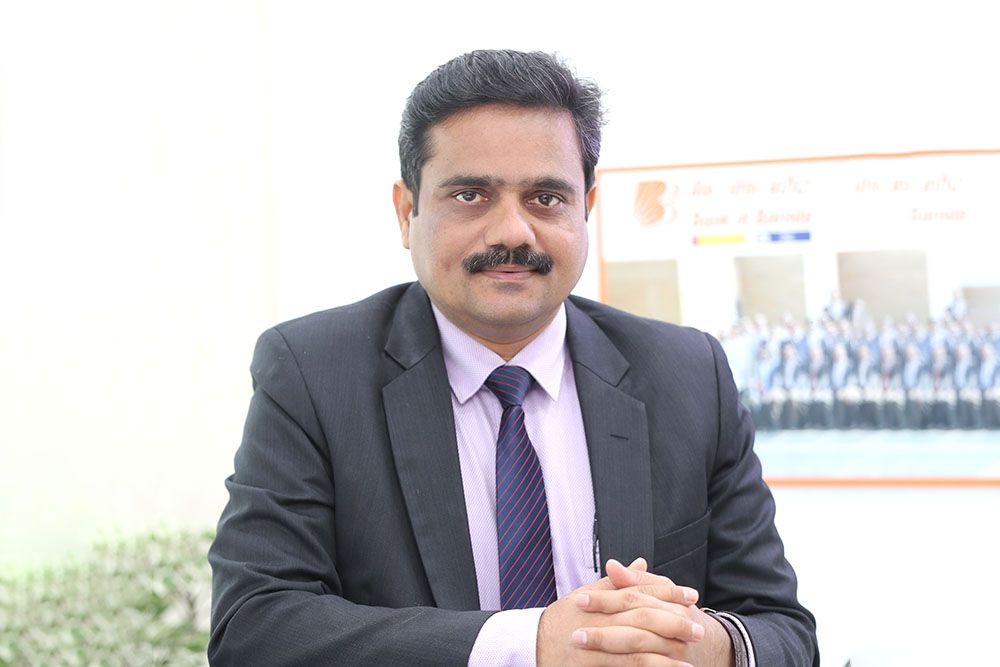Tell us about the idea behind establishing Bank of Baroda.
Bank of Baroda was founded on July 20, 1908, by Maharaja Sayajirao Gaekwad III in the Baroda state, now in Gujarat. Maharaja Sayajirao undertook many progressive reforms for the economic development of the state. One among these was establishing the Bank of Baroda. Its first branch was set up in Mandvi area.
Where does the bank stand at present?
It has come a long way and is today recognised as a world-class, highly respected Indian financial services institution with presence across the country as well as in 17 other countries. After 115 years, in 2023, it became India’s second-largest public-sector bank with a total business of Rs 21,73,236 crore as of March 31, registering a growth of 16.6% year on year.
List a few watershed moments during the bank’s journey.
Some of the key milestones in the journey of Bank of Baroda include its establishment by Sir Sayajirao Gaekwad III in 1908, followed by its nationalisation in 1969. The Bank of Baroda Ltd. became Bank of Baroda. In 1996, it became one of the first nationalised banks to tap the capital market. Also, another milestone that we achieved was in 2013 when we opened our 100th overseas branch in Dubai. The amalgamation of Bank of Baroda, Vijaya Bank and Dena Bank—the first three-way consolidation of banks in India—in 2019 was also one of the watershed moments in the history of the bank.
Which are the factors that, according to you, have kept the bank relevant for more than 100 years?
To my mind, the most critical aspect of the turnaround that the bank has undergone is the sustainability/durability of the transformation and the financial performance of the bank. In addition, as a large and leading public-sector bank, we service a diverse customer base and touch all segments of the economy, be they retail, MSME, agri, corporate or financial-inclusion customers.
What kind of transformational changes has the bank seen in the past few years?
Bank of Baroda has undertaken a number of other changes such as establishing a corporate ethics function, an increased focus on corporate governance, risk and compliance as well as strengthening its presence in verticals, such as wealth management and others, that are not considered to be traditional domains of public-sector banks. Lastly, change is the only constant, and it is only institutions that are agile and can quickly adapt to changing circumstances that will flourish.
What, according to you, are the top successful leadership values at Bank of Baroda that others can emulate?
Integrity, customer centricity, courage, passionate ownership, innovation and excellence are the values of Bank of Baroda, which a leader should inculcate and demonstrate.











